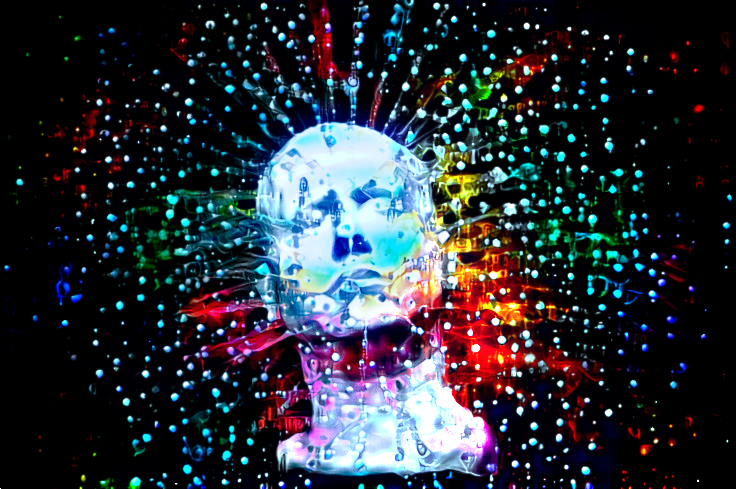
I didn’t really understand viruses. Or how they interact with cells. Or cells themselves for that matter. Luckily a trove of engaging resources abound for us opsimaths. And it was far more enjoyable (re-)learning this round for personal rather than performative satisfaction. All misrepresentations, over-simplifications, errors and misunderstandings in this riff are solely my own and bear no reflection on the fine resources linked to above.
A cell is a little maker workshop with a code book for manufacturing. A gene is a recipe from this code book for making a specific protein. How big is this code book? How many recipes does it hold? What do proteins do anway? Good questions I thought. If my calculations are correct, our DNA, aka code book, contains about 375MB of information with built in redundancies. These instruct operations (i.e. which amino acids and what sequence to put them together) for making ~20k different proteins in humans, each protein embodies a specific technique, a specialized skill, for manipulating matter. All orchestrated god knows how.
Returning to the virus then, which is but a scrap of code without a processor. About the size of what you’d put in a memory buffer overflow, if you do that sort of thing. Not even a living thing by most definitions. It’s just a chassis whose shape attaches to compatible contours on cell surfaces and some helper proteins. Just floating around waiting to get stuck to a cell. When it docks, it passes a code string through the cell’s membrane. This code is in a common biological format that can be run by processors in the cell looking for work. The code’s sole objective, like most organisms built of code, is simply to replicate. To passively find a processor in the cell (a ribosome) that will execute its program for making its protein building blocks. The code just needs enough scrap material to make a copy of the chassis and copy of itself until the cell is so full of these little escape pods it bursts. Then the pods aka viruses float free attaching to more cells. Leaving a wake of destruction behind that the body tries to clean up. By invoking fire through inflammation. (A nastier type of virus, the Retro-Virus, attaches itself to our own cell’s code book. Like AIDS. It then spreads via our cells natural reproduction so it’s harder to identify and catch.)
Thoughts are also similar to viruses. Both simple and retro. Some thoughts can survive on paper surfaces for centuries and then unfold inside a brain, mobilizing it to replicate its code to other brains through speech or writing. Many spread electronically now. In higher bandwidths than speech, like music, graphic imagery and visual story. Math and design.
Credits to Laurie Anderson and her Language is a Virus song, and William Burroughs before that. Language assembles sequences that act like genes, for building functional ways we perceive and interact with reality. Much like proteins work to manipulate matter.
Sometimes replication depends on survival of the host, and even the host’s well-being, in which case it’s called symbiotic. Organism and host work as a team. Microbes of this type make up more of our body than our cells. We are a multitude.
Sometimes, however, an organism is only about its own replication, host or environment be damned. This model is called a pathogen. i.e. “pathos”-producing. Pathos from the Greek “what befalls one.” Concerned only with their own survival and replication, everything else is the “other”, they destroy their hosts with strategies designed to find new hosts. The end game is unsustainable and results in total destruction, but it seldom gets that far.
Information seems to be a fabric of nature, like energy and matter. And code instructs biological processes of growth and maintenance, including processes of our brains. Our thoughts are fabrications of our biology as much as our cells. Code can build allies, making a union stronger than the parts, making the whole more resilient.
Or code can maximize its own survival, spreading sensationally and utilizing channels and mammalian habitual behaviors in ways that leverage and accelerate its chances to jump ships while its current one is sinking. As media accelerates and globalizes the spread of thoughts, code has unprecedented vectors for both symbiosis and pathology. Until we can quarantine our awareness from thoughts, we will continue to mindlessly and haphazardly embody both.
It may behoove us to practice some social distancing between our awareness and identification with thoughts so we aren’t unduly infected by the pandemic of panic and fear and so we do not become carriers of these for others. Or not.
“I choose to live by choice, not by chance.” — Miyamoto Musashi“I choose to live by choice, not by chance.” — Miyamoto Musashi